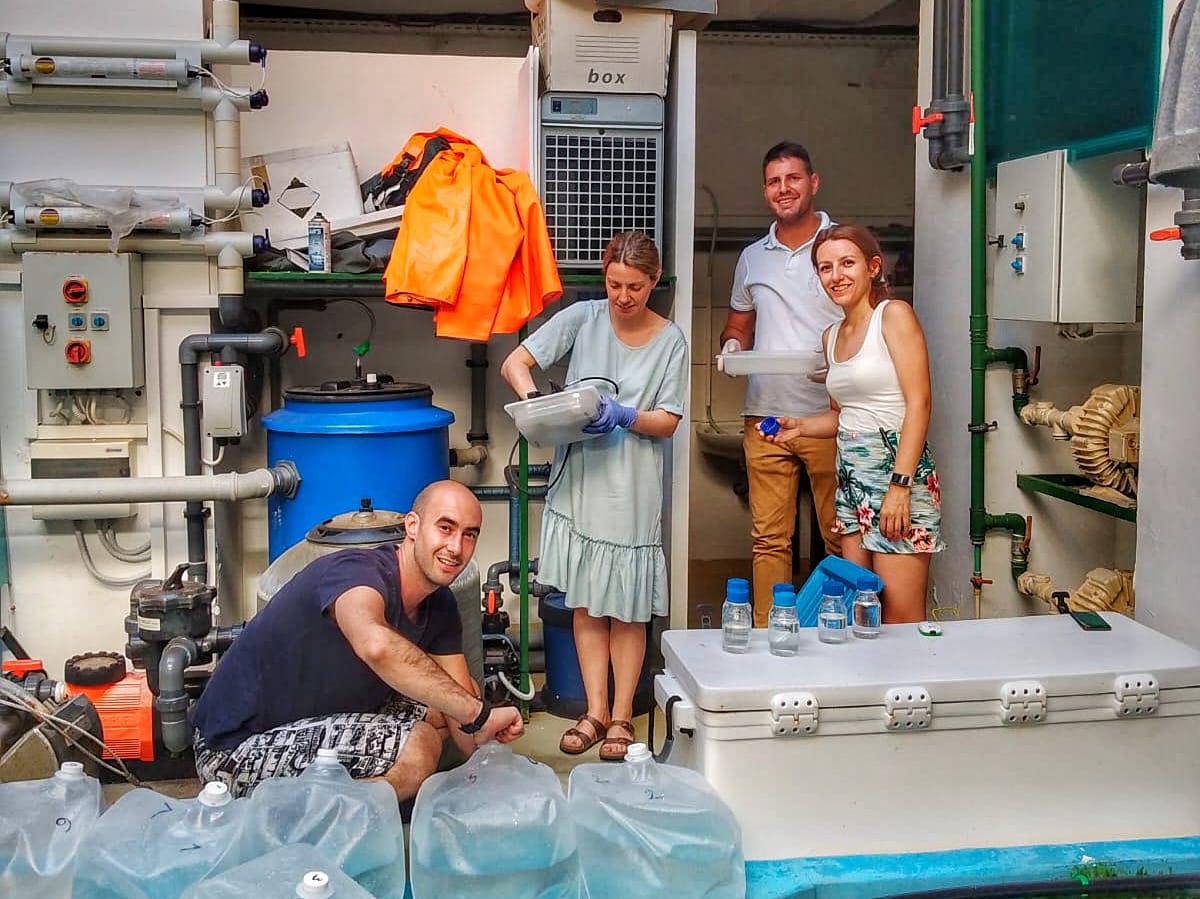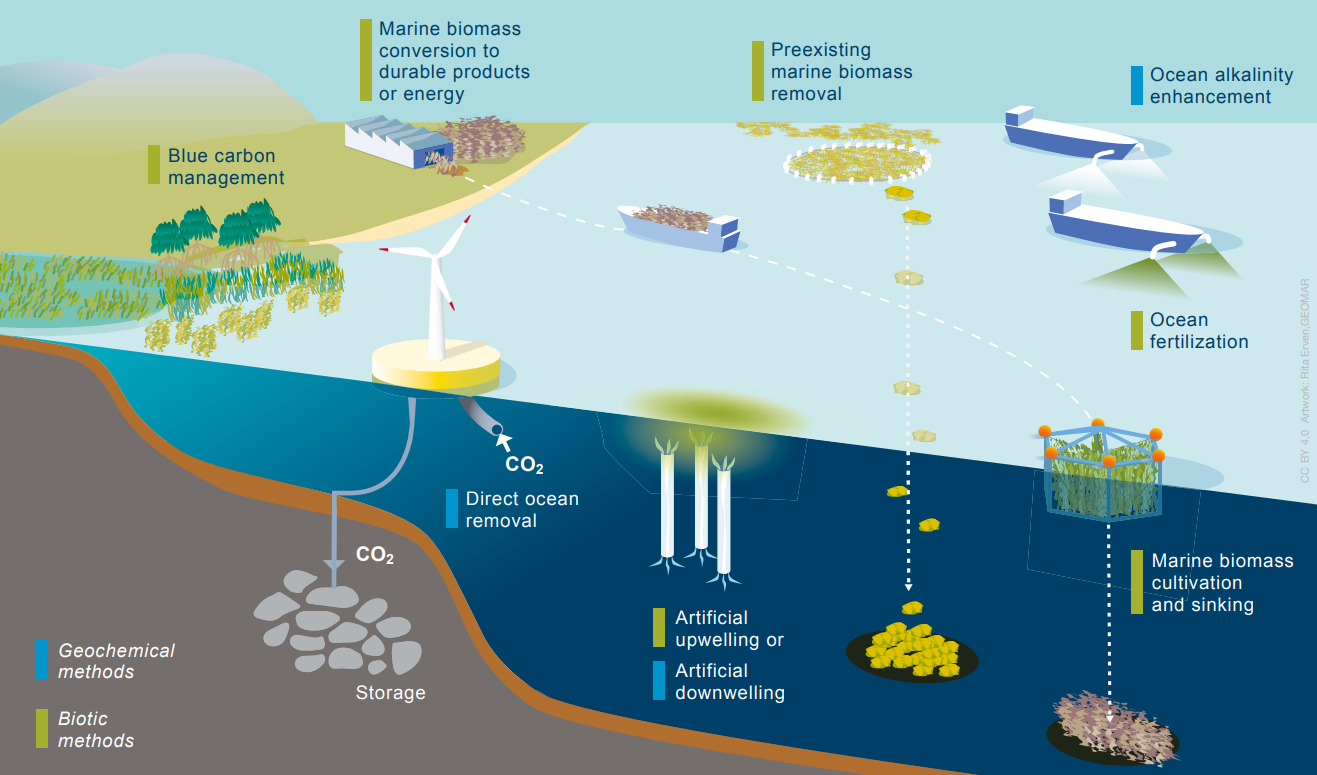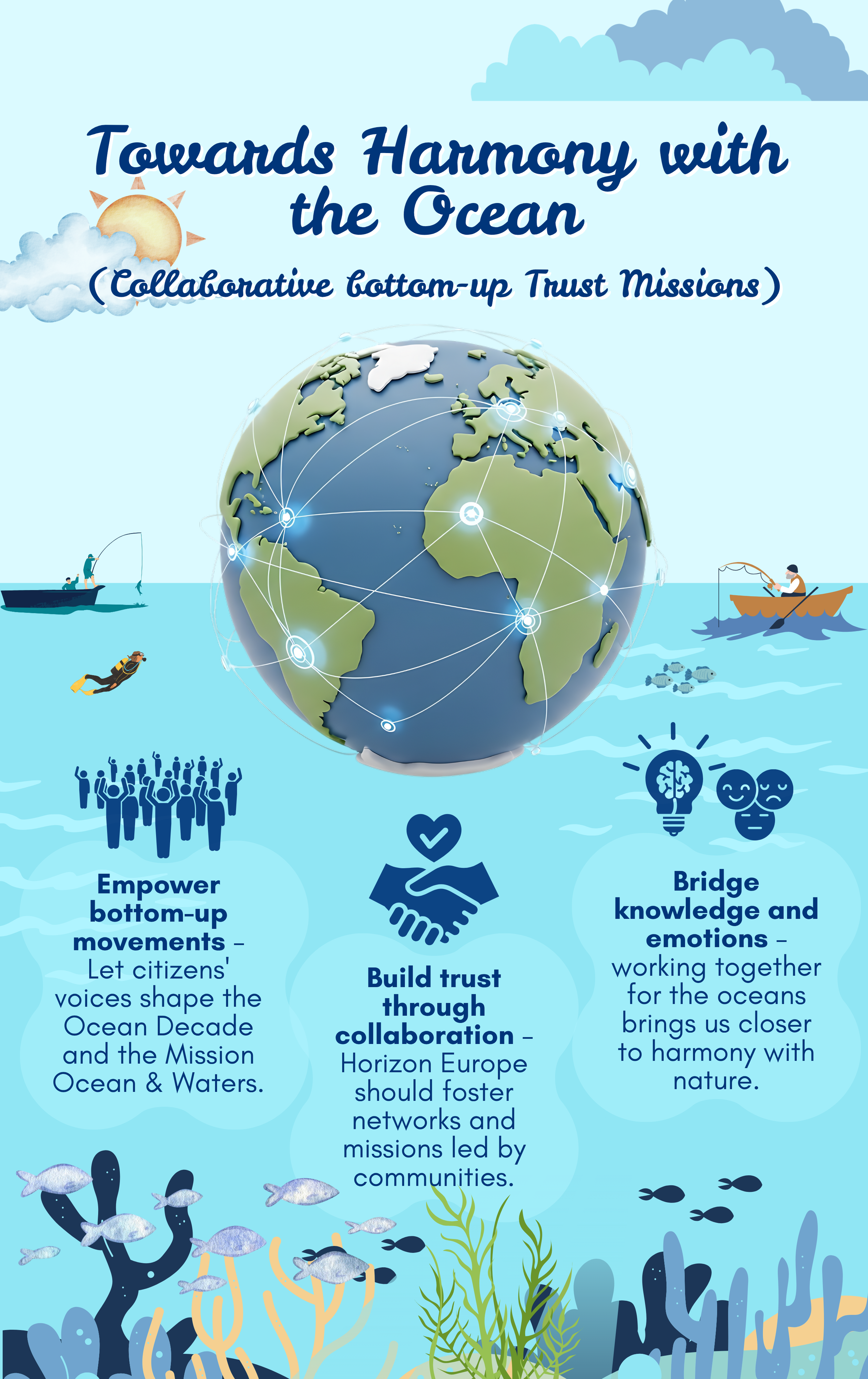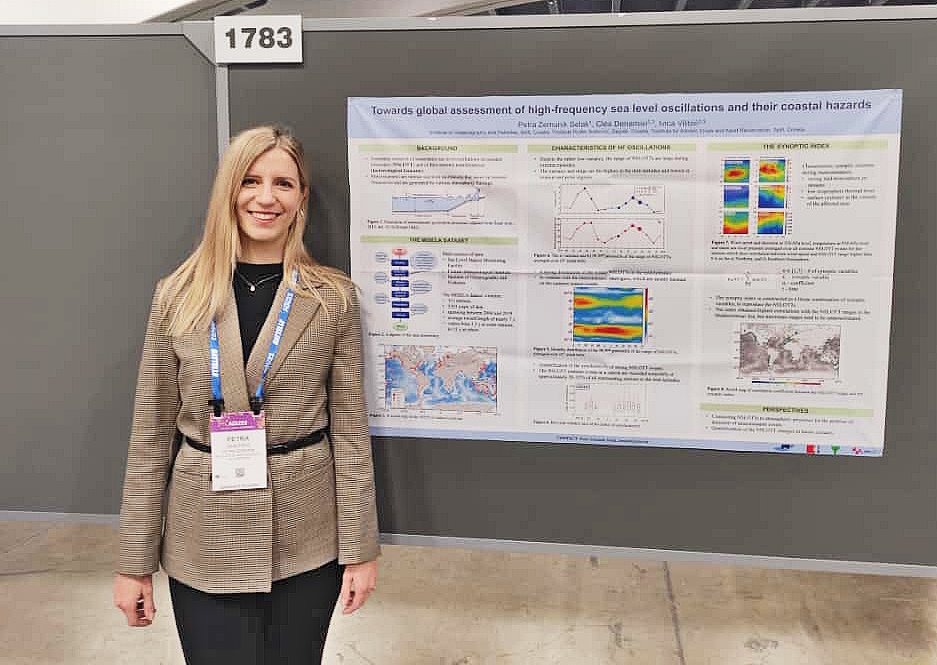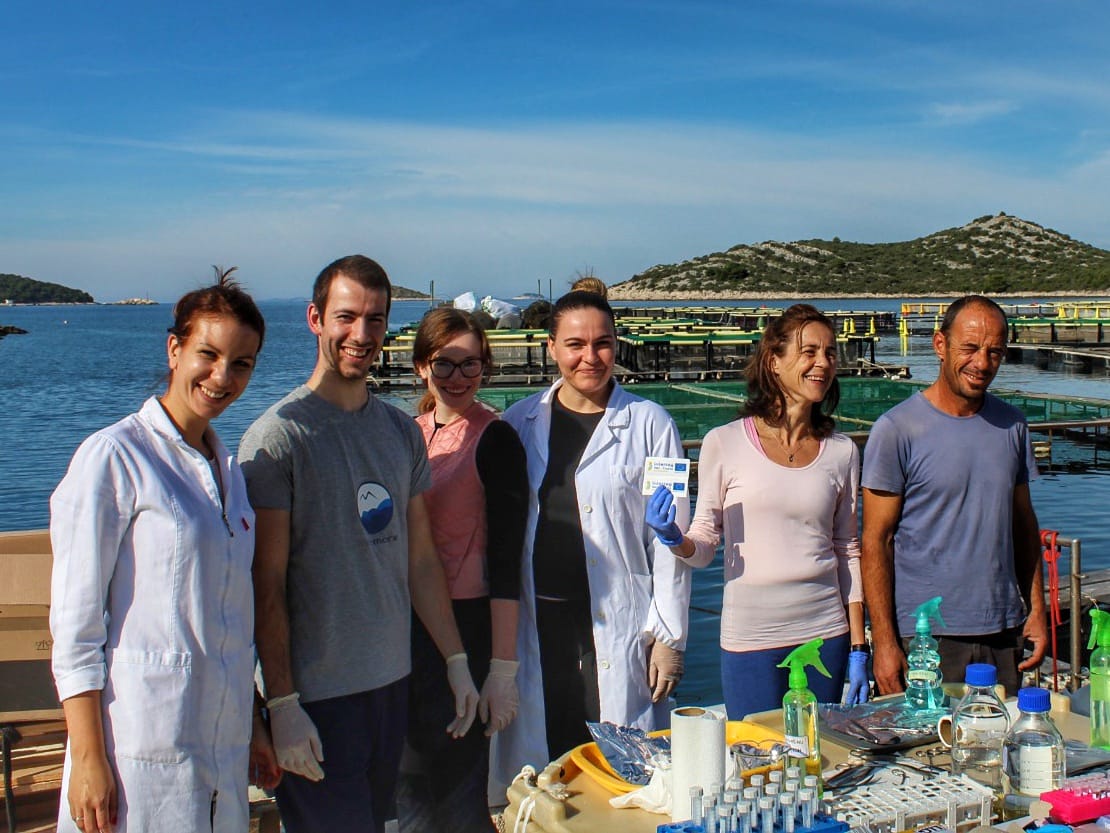Scientists have, for the first time, demonstrated that bacteria which use light without producing oxygen (known as AAP bacteria) are active in the Adriatic Sea. They found that these bacteria function differently depending on whether they live freely in the water column or are attached to particles, and that they significantly influence the carbon cycle in the marine environment.
Although invisible to the naked eye, microorganisms are the foundation of life in the sea – and beyond. Their role in the functioning of marine ecosystems is irreplaceable. Autotrophic microorganisms, such as photosynthetic bacteria, produce more than 40 percent of the oxygen on Earth, directly shaping the atmosphere we all breathe. Equally important are heterotrophic bacteria, which decompose organic matter from the environment and convert it into their own biomass, becoming food for other organisms and an essential link in the transfer of energy through the marine food web. Through their activity, they also alter the chemical composition of seawater, making many compounds available to other marine organisms.
As part of the ADRISAAF project (Croatian Science Foundation), researchers have thoroughly investigated how the abundance and diversity of microorganisms change throughout the year and across different parts of the Adriatic Sea. They have focused particularly on bacterial groups that contribute most to the carbon cycle, one of the key processes that sustains life in the ocean.
Scientists from the Institute went a step further. In collaboration with colleagues from ALGATECH, one of the world’s leading centers for algal research, they explored the composition and activity of aerobic anoxygenic phototrophs – a special group of bacteria that use light but do not produce oxygen. For the first time, they have demonstrated their activity in the natural environment, marking an important advance in understanding the microbial world of the Adriatic Sea.
The results of this research have been published in the first issue of the new scientific journal Ocean Microbiology.
The PHOTOMACHINES project was funded by the Czech Science Foundation (GAČR) under the 2025 program.
